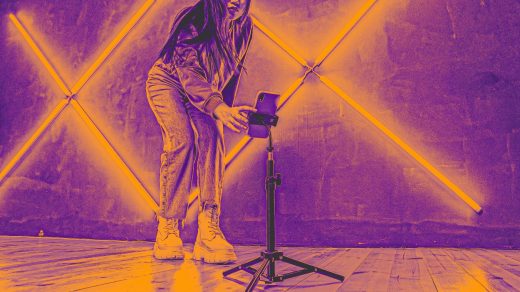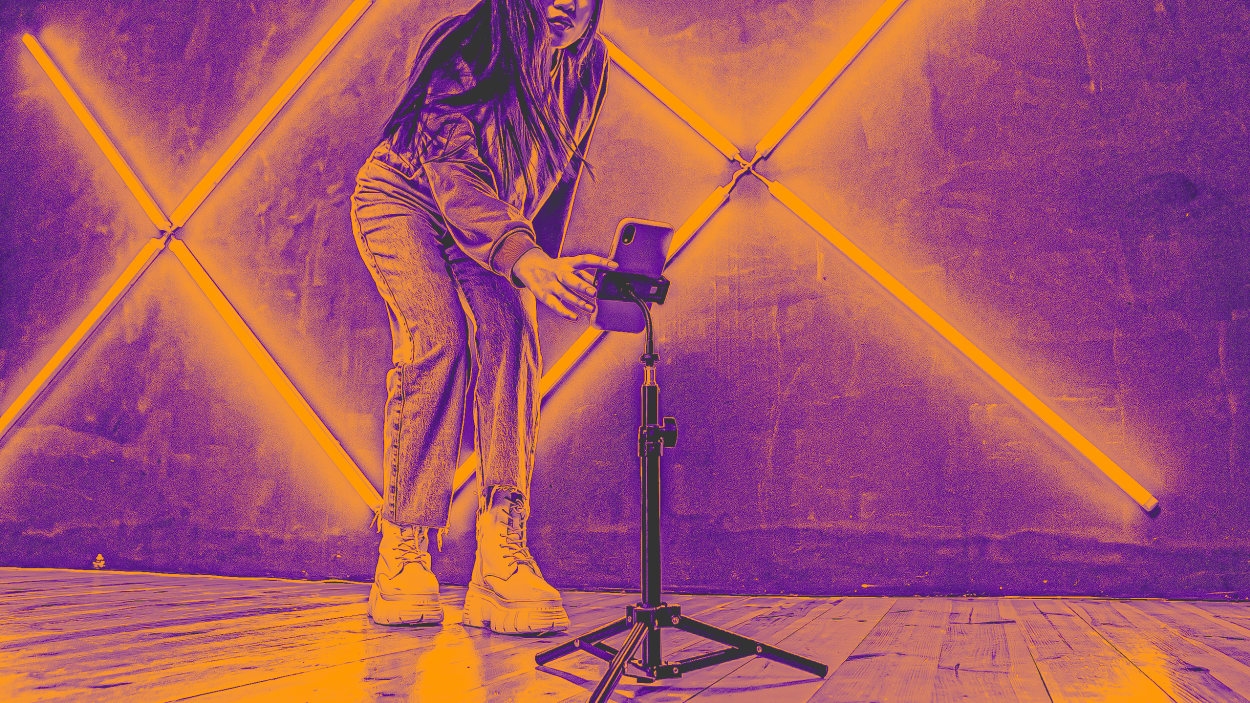Should TikTok be forced to pay for teen mental health services? This school district says yes
Seattle’s public school district has filed what may be a first-of-its-kind lawsuit against the major social media companies—TikTok, Instagram, Facebook, YouTube, and Snap—arguing that by “exploit[ing] the vulnerable brains of youth” for a profit, Big Tech has created a mental-health epidemic in teenagers across the country.
Social media giants currently face a number of legal challenges for their alleged use of psychological tactics to boost younger users’ engagement, in particular, in order to sell more ads. Concerns about these tactics have grown as new reports have revealed troubling details about how disengaged the companies seem to be from this crisis. During last year’s State of the Union, President Biden even weighed in, telling Americans it was time to “hold social media platforms accountable for the national experiment they’re conducting on our children for profit.”
Seattle Public Schools, Washington state’s largest school district, refers to Biden’s comment in its lawsuit, writing that it “brings this action to do just that.” It argues that these companies are responsible for hooking tens of millions of students into “positive feedback loops of excessive use and abuse,” and marks the first legal action demanding compensation to offset schools’ rising costs to provide mental healthcare to students.
Filed on Friday in Seattle’s U.S. District Court, the lawsuit seeks “the maximum statutory and civil penalties permitted by law,” and wields a novel legal argument to get there: These platforms are “injurious to health,” meaning that social media companies have violated the state’s public nuisance law.
The increase of young people struggling with mental health is well documented by now. Suicide climbed to the second-leading cause of death among teens by the mid-2010s. Seattle Public Schools argues that uptick tracks with the rise in social media use, a trend then exacerbated by a pandemic where young people spent even more time on these apps. The lawsuit adds that the platforms’ apparent failure to protect younger users from dangerous content (spanning from TikToks that encourage self-harm to Instagram posts normalizing body dysmorphia) has “only intensified this crisis.”
The U.S. government largely seems to agree. A recent Surgeon General’s report called “Protecting Youth Mental Health” zeroed in on “the impact of digital technologies, particularly social media, on the mental health and well-being of children” specifically. The healthcare industry has meanwhile followed a similar course: The American Academy of Pediatrics, the American Academy of Child and Adolescent Psychiatry, and the Children’s Hospital Association also recently declared this to be a national emergency, emerging at the same time as reports that distressed teens have been flooding pediatricians’ offices.
In a statement, TikTok said it can’t comment on active litigation but noted that, in order to prioritize teens’ safety and well-being, it offers access to a range of resources (such as the National Eating Disorders Association Helpline and National Suicide Prevention Lifeline) directly from the app, and has introduced parental controls and other age restrictions, including limits on direct messaging and livestreams.
Meta (parent of Facebook and Instagram) didn’t immediately respond to a request for comment. Just today, it published a blog post explaining how it has “developed more than 30 tools to support teens and families on our apps.”
José Castañeda, a spokesperson for YouTube parent Google, said in a statement: “We have invested heavily in creating safe experiences for children across our platforms and have introduced strong protections and dedicated features to prioritize their well being. For example, through Family Link, we provide parents with the ability to set reminders, limit screen time and block specific types of content on supervised devices.”
In a statement, a spokesperson for Snap sought to distance Snapchat from the types of social media engineered for going viral. “Nothing is more important to us than the well-being of our community,” the statement read. “At Snapchat, we curate content from known creators and publishers and use human moderation to review user-generated content before it can reach a large audience, which greatly reduces the spread and discovery of harmful content. We also work closely with leading mental health organizations to provide in-app tools for Snapchatters and resources to help support both themselves and their friends. We are constantly evaluating how we continue to make our platform safer, including through new education, features, and protections.”
Teens probably own a smartphone, they’re active on social media, and they have copious amounts of free time—a golden troika for TikTok, Instagram, and the rest. These companies have even documented their need to keep young eyeballs glued to their apps. (Instagram put it this way, internally: “If we lose the teen foothold in the U.S., we lose the pipeline.”)
However, Seattle’s school district argues that these companies haven’t merely worked to attract additional young users; they’ve also worked to make individual users more devoted to the platform. They do this by intentionally “exploit[ing] the psychology and neurophysiology of their users into spending more and more time on their platforms,” the suit argues.
The result is that their business models are “creating a mental health crisis among America’s youth,” the district says. Like the rest of America’s schools, Seattle’s have experienced years of “drastic increases in suicides, attempted suicides, and mental-health-related ER visits,” making it evident, in the district’s opinion, that “an existing youth mental health crisis” predates COVID-19. Studies show students who struggle with mental health—from anxiety or depression on to suicidal thoughts—are likelier to skip school, abuse drugs, and act out in class, which all negatively affect schools’ ability to educate students.
The lawsuit links this to the mental health services that Seattle Public Schools offers students. Teachers are trained to screen for mental health symptoms, it explains, then to refer students for proper care, including to clinics that operate inside their own schools. But this ain’t cheap, the suit notes—and this crisis is forcing Seattle schools to contemplate a more comprehensive plan and sources of funding in an effort to reduce the climbing rates of anxiety, depression, and “other tragic indices of the mental health crisis” that the district contends students are experiencing “at Defendants’ hands.”
This post has been updated with a response from Google.
(7)



